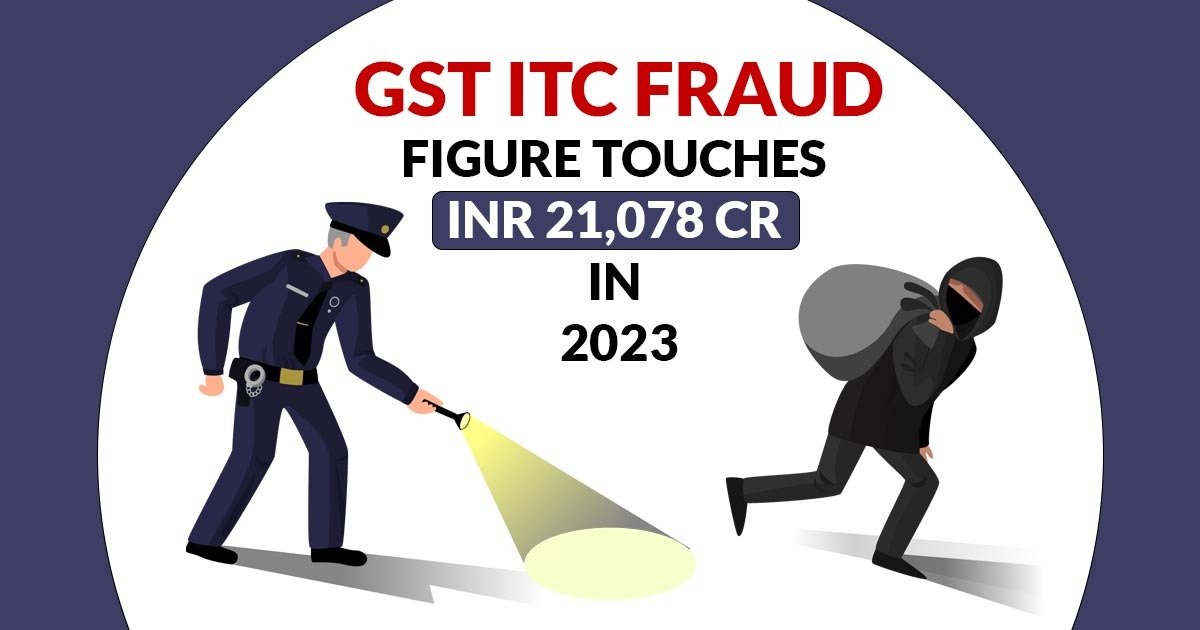K. Kannan, J.@mdashThe appeal is for enhancement of compensation where the claimant was 60 years of age, suffered fracture of the shaft of femur that resulted in shortening of her limb and she carried a limp in her gait. In her hospital record, her age was shown to be 70 years. She had been hospitalized soon after the accident on 30.04.1991 and she had been discharged from the hospital on 14.06.1991. While assessing the compensation, the Tribunal took note of the fact that she had been assessed as having 30% disability and a compensation of Rs. 10,000/- had been awarded as a lumpsum payment. The Tribunal had discarded the medical bills which had been in Court and assigned mark-1 to mark -9 on the ground that they had not been proved.
2. A lumpsum ascertainment without addressing each of the heads of claim is a very unsatisfactory mode of disposal. The patient had a fracture of the neck of femur resulting in hospitalization and it must have been caused enormous pain and difficulty in walking. She was an old person and the problem of immobility must have meant a greater amount of discomfort. I have looked into the records and find the expenses for medical treatment had been sought to be substantiated by production of medical bills secured through drug stores. The practice of merely marking them but not exhibiting them in evidence and looking for proof by examination of a chemist is quite a needless exercise. The Tribunals must be more pragmatic in their approach while dealing with the cases for motor accident victims and invoke the power which is vested in them under Sections 168 and 169 in such a fashion that they do not shackle themselves by unrealistic procedures to meet the ends of justice. Unless the bills seem fabricated or there is something very peculiar elicited at the trial to doubt genuineness of the bills, the Tribunal dealing with the motor accident cases ought not to be looking for evidence through a chemist who had issued the bills. The production of the bills relating to the purchase of medicines during the period of hospitalization and oral evidence given by the party about purchasing of medicines ought to be taken as sufficient proof of authentication and admissibility of these documents.
3. Similarly, the practice of summoning doctors even for merely marking the MLR reports must be stopped. It must be remembered that the procedure under the MV Act is summary in character and documents which are maintained in the government hospitals in the regular course of business require no more proof and a mere copy produced at the trial shall be received as public documents satisfying the requirements u/s 76 of the Indian Evidence Act. The summoning of the documents from lawful custody or copy of the document duly authenticated by the seal of the hospital which has issued the MLR must themselves be taken as sufficient proof for the same and the procedures that go to prolong the proceedings or delay them must be immediately curtailed by the Tribunals.
4. Even as regards the examination of doctors, it should be confined only to securing appropriate proof of disability and in special circumstances where there is a prolonged treatment or a requirement for a continuous treatment even beyond the period of trial, the attempt of the Tribunal must be to elicit from the doctors the prognosis for cure and the likely expenses that may have to be incurred in future. With a view to devise a procedure adopted in the manner of assigning dates for doctors and the need to save time for professionals like doctors, they must stay confined to what are most essential features to assist the Court to understand the nature of injuries and assess disability, if any to the claimant. They shall not be merely called to Courts for exhibiting some documents like MLR, period of treatment, etc. A hospital document produced by a party which is duly authenticated must be taken as sufficient as proof of the documents themselves and the requirement to produce the doctor for mere production of hospital documents must be immediately given up.
5. Some directions as regards the procedure become necessary only because it is a recurrent theme in our Tribunals that they reject the medical bills: or keep out of reckoning the hospital records only because either the chemist is not examined or the doctor is not before the Court to speak about the hospital records. The presence of doctors or the chemists must be confined only to extraordinary situations where the documents themselves are seriously in doubt.
6. From the medical bills, I find that the claimant had purchased medicines to the tune of Rs. 965.50 paise and I will, therefore, provide for compensation on the basis of the same. She has been in the hospital for more than 6 weeks and I would, therefore, provide for attendant charges, special diet and transportation charges. She has had a fracture of the place near pelvis in the shaft femur and, therefore, it must have meant lot of pain and suffering. The disability that has been caused with restriction of movement which was assessed at 30% must also duly compensated. I tabulate the compensation under various heads as below:
|
Sr. No. |
Heads of claim |
Tribunal |
High Court |
|
|
|
Amount (Rs.) |
Amount (Rs.) |
|
Age:60/70 | |||
|
Period hospitalization: 30.4.91 to 14.6.9 | |||
|
1. |
Medical expenses: |
|
|
|
|
Medicines |
|
1,000 |
|
|
Hospital charges |
|
|
|
|
Attendant charge |
|
2,000 |
|
|
Special diet |
|
2,000 |
|
2. |
Transport |
|
2,000 |
|
3. |
Pain & Suffering- |
|
10,000 |
|
4. |
Disability 30% |
|
15,000 |
|
|
for loss of amenities of life |
|
|
|
|
Total |
10,000 |
32,000 |
7. The amount in excess of Rs. 10,000/- shall bear interest at 6% from the date of petition till date of payment and the liability shall be in the same manner as determined by the Tribunal.
8. The award is modified and the appeal is allowed to the above extent.

